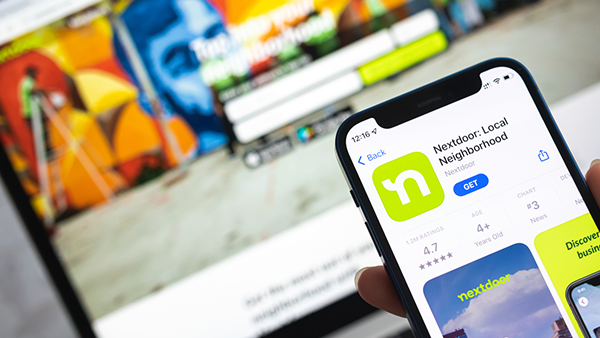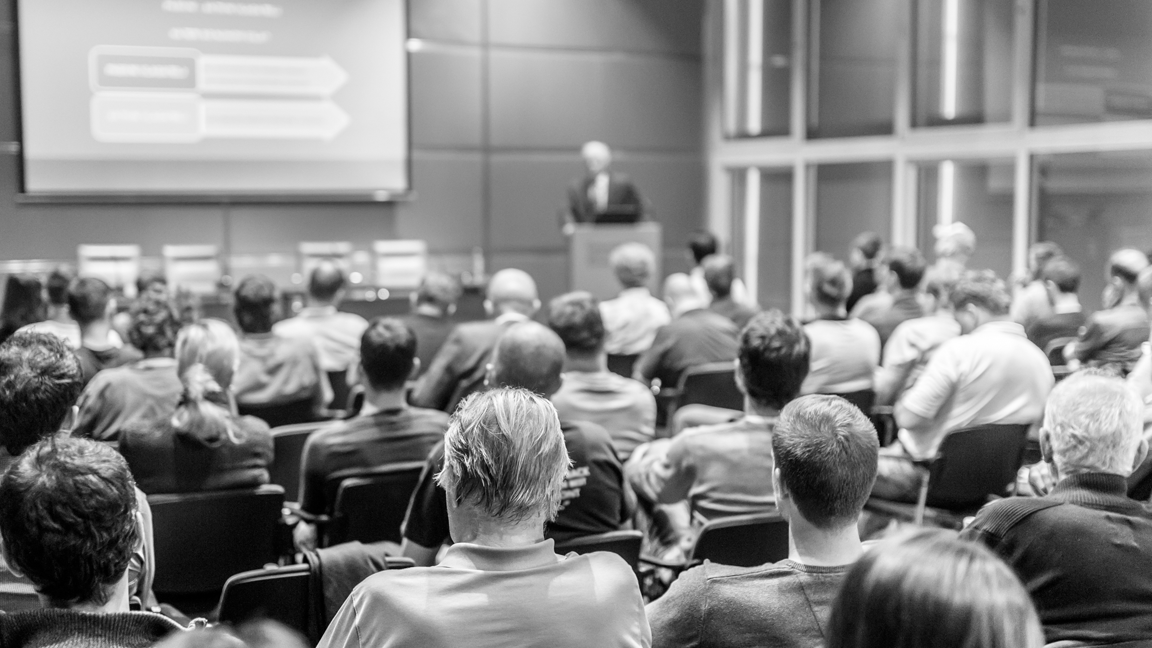Support Starts at Home: Building Brand Loyalty with Hyperlocal Events with Monchiere’ Holmes-Jones

From local festivals to marketing initiatives, hyper-local is about reaching small communities and driving local impact. In the wake of COVID, hyperlocal is back in focus and driving big results for brands.
Monchiere’ Holmes-Jones, CEO and Founder of MOJO Marketing + PR, joined us to share her expertise with hyperlocal events, and provided her top tips on how bigger brands can go local!
It’s the locals that show up to the events. If you’re the NFL draft in Vegas, or if you’re the NFL draft in Nashville, it’s the locals that pop up. They’re coming to experience what locally is present.
Monchiere' Holmes-Jones Tweet
What is hyperlocal?
The technical definition is relating to or focusing on matters concerning a small community or geographical area. So how does that relate to event planning? Monchiere cites the NFL draft as a prime example of creating impactful hyperlocal and community events, alongside a larger campaign or initiative. While a large-scale event is in your location, brands can partner with local businesses to display and represent their brand messaging and products.
Food franchises like McDonald’s have been doing hyper-local for years, the international chain taking local trends and preferences into consideration when designing their local menus.
What makes hyperlocal events so impactful?
“It’s the locals that show up to the events”, said Homes-Jones. “If you’re the NFL draft in Vegas, or if you’re the NFL draft in Nashville, it’s the locals that pop up. They’re coming to experience what locally is present”. The real key to success is figuring out how to” make our local heroes and brands connect”. Even on the festival circuit, instead of rebuilding the same experience at each festival, brands need to cater activations to appeal to the local community to maximize results. “Pop up at this local brick and mortar and make some great synergies”.
What advice do you have for a brand on when to go big and when to go local?
“We like to make sure it’s tied into the long game, to their whole strategy, and that’s usually the reason for a big brand to come down local.”, said Holmes-Jones. Key lessons can be found in work from big brands. “We think about how we all learned about these activations, these experiences; it came from the Fortune 500’s. For example, Domino’s. They knew they were going to drop the pizza, but they cared heavily on keeping their market share. They were asking, what can we do different? Sometimes it’s not just buying an ad or running an ad. It was about, maybe you should pop up and give pizza away to every kid that’s graduating. Being able to tap them [local audiences] and advise them on things that are sustainable in both their environment and their memory, makes them brand loyal to the brand, long-term.” She also suggests that going local doesn’t always make sense. “While we focus more on engagement, community, and impactful moments, we need to consider the experience for the audience, but for our teams as well. Does our activation or event make sense for all audience generations and our resources?” When it comes to making the final decision? “Study the impact on both groups and use the feedback as a tool in your future endeavors to rearticulate your brand and experience”.
Like any good campaign, authenticity is a critical component for hyper-local campaigns. Success boils down to how much a brand knows about the location and community they are targeting. Even when attached to a larger initiative like the NFL Draft, for brands, executing smaller-scale events can be a lighter lift by the execution teams, and require less resources.
For more details and examples of hyperlocal events, check out the full Scoop interview Monchiere’ Holmes-Jones here: https://youtu.be/L2iUYUfpkYI
Interested in bringing The Scoop to your next event? Contact us today to speak to one of our expert humans about The Scoop! https://beedance.co/contact/

Categories
- Bee Wisdom (21)
- Business Intelligence (1)
- Case Studies (1)
- DE&I (1)
- Events (8)
- Experiential Marketing (2)
- Featured (3)
- Hyperlocal Events (1)
- Insights (48)
- Marketing (1)
- Pro Tips (33)



